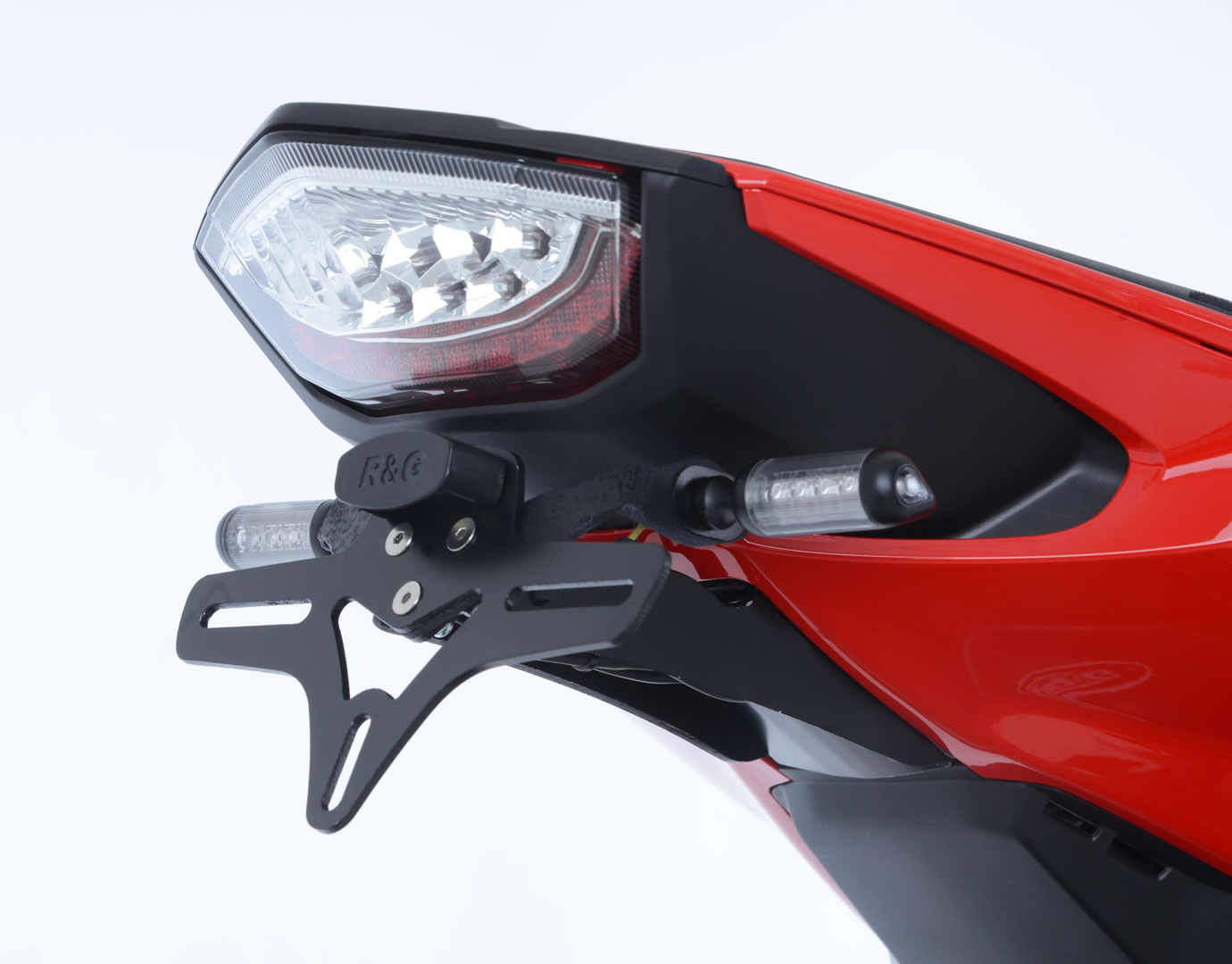
When these systems are combined with the new ride-by-wire throttle and fuel-injection engine mapping, it enables the Honda CBR1000RR to use the latest technology available to intelligently manage the front and rear wheel grip, while under acceleration and braking. In total, this means that the 2017 Honda CBR1000RR makes 190hp and weighs 432 lbs at the curb.Īs for the changes, suspension is handled by Showa 43mm large-volume BPF forks at the front, and with the Show Balance Free Rear Cushion (BFRC) shock in the rear, while braking is done by four-piston Tokico calipers up front, as well.Īs we have already seen with the SP and SP2 models, the base model Honda CBR1000RR will come with a five-axis IMU, which will help govern the traction control system (Honda calls this Honda Selectable Torque Control, or HSTC) as well as the radially mounted brakes.

This includes the CBR1000RR’s new magnesium casings, titanium fuel tank, five-spoke wheels, and internal engine modifications. So as expected, the base model 2017 Honda CBR1000RR uses lower-spec suspension and braking components than its SP sibling, but thankfully it retains all of the other engine, chassis, and electronic upgrades that we have already seen. With EICMA now here, we can finally see the bike that most enthusiasts will find in their garage, the base model 2017 Honda CBR1000RR.

When it came time to unveil its new revised superbike, Honda wisely debuted its premium and homologation models first, at October’s INTERMOT show in Cologne, Germany.


 0 kommentar(er)
0 kommentar(er)
